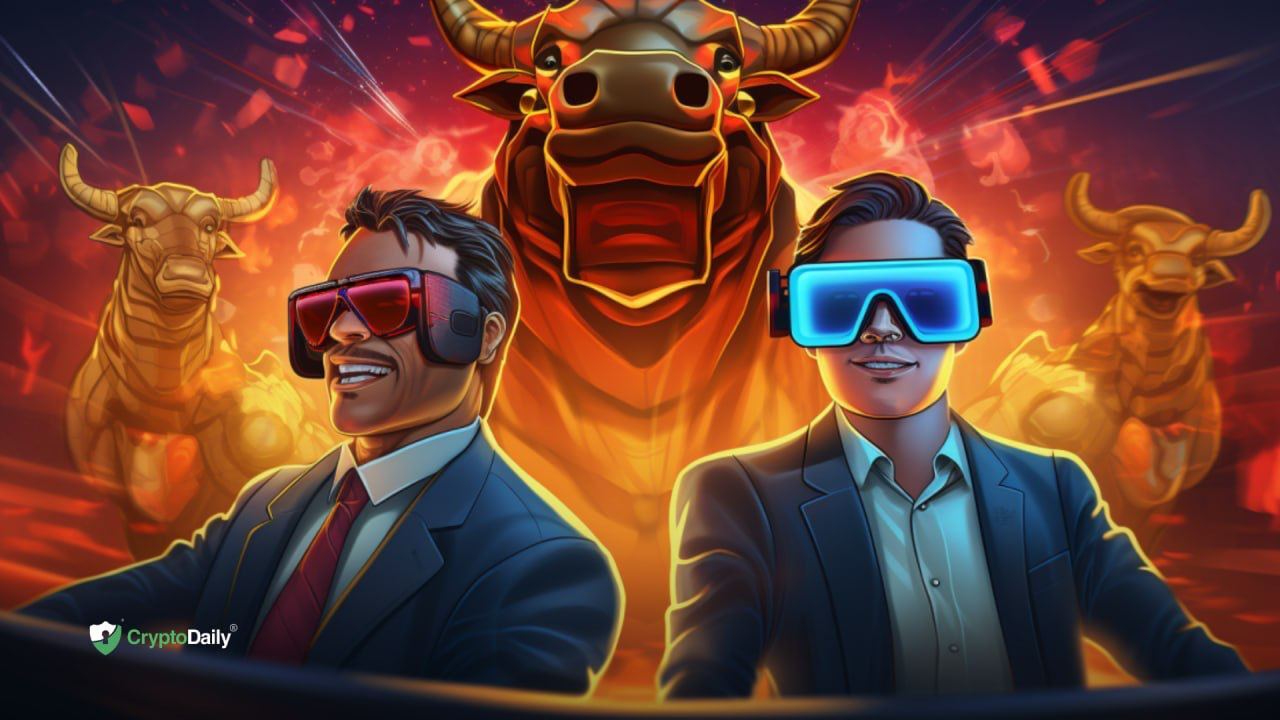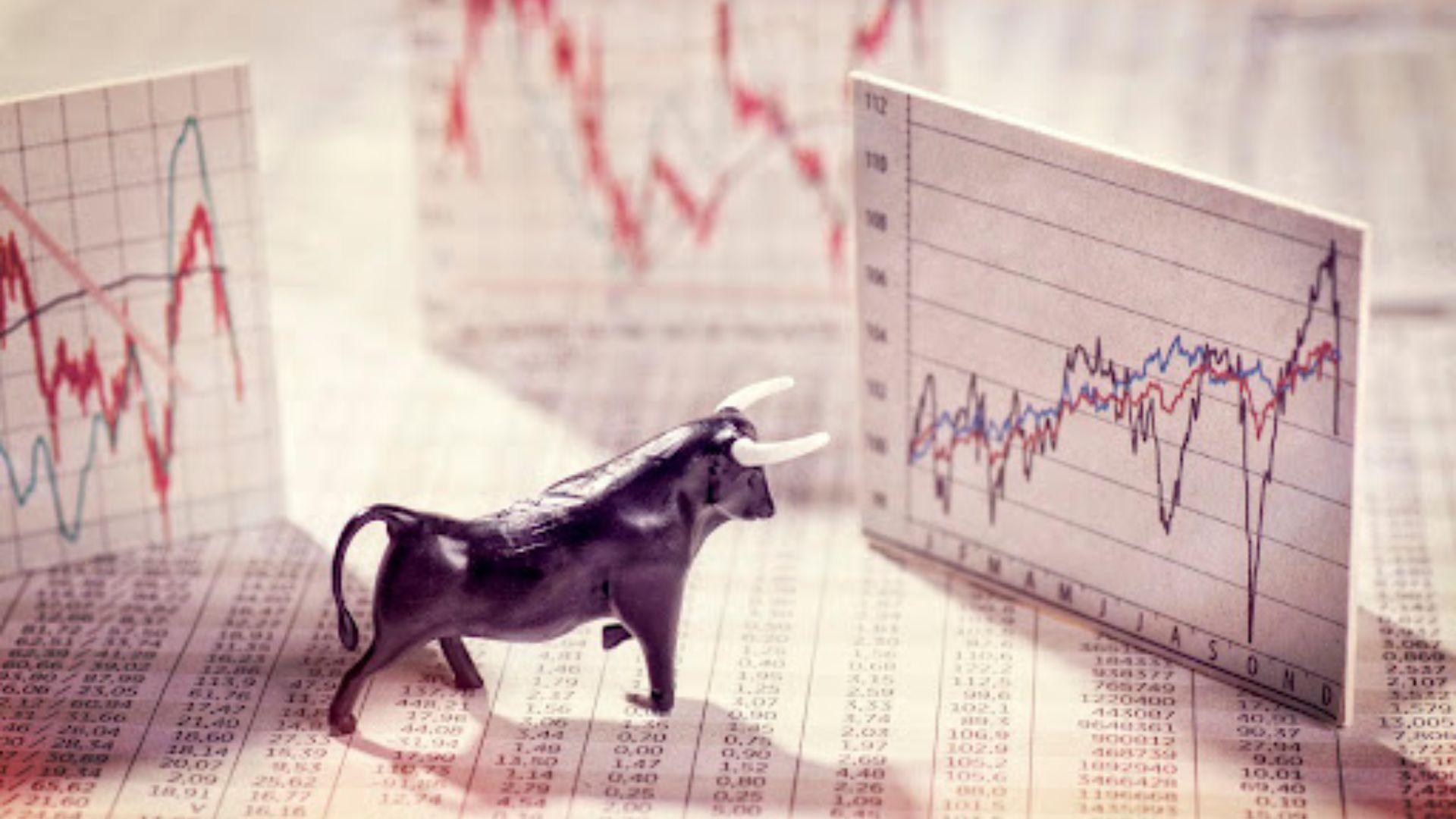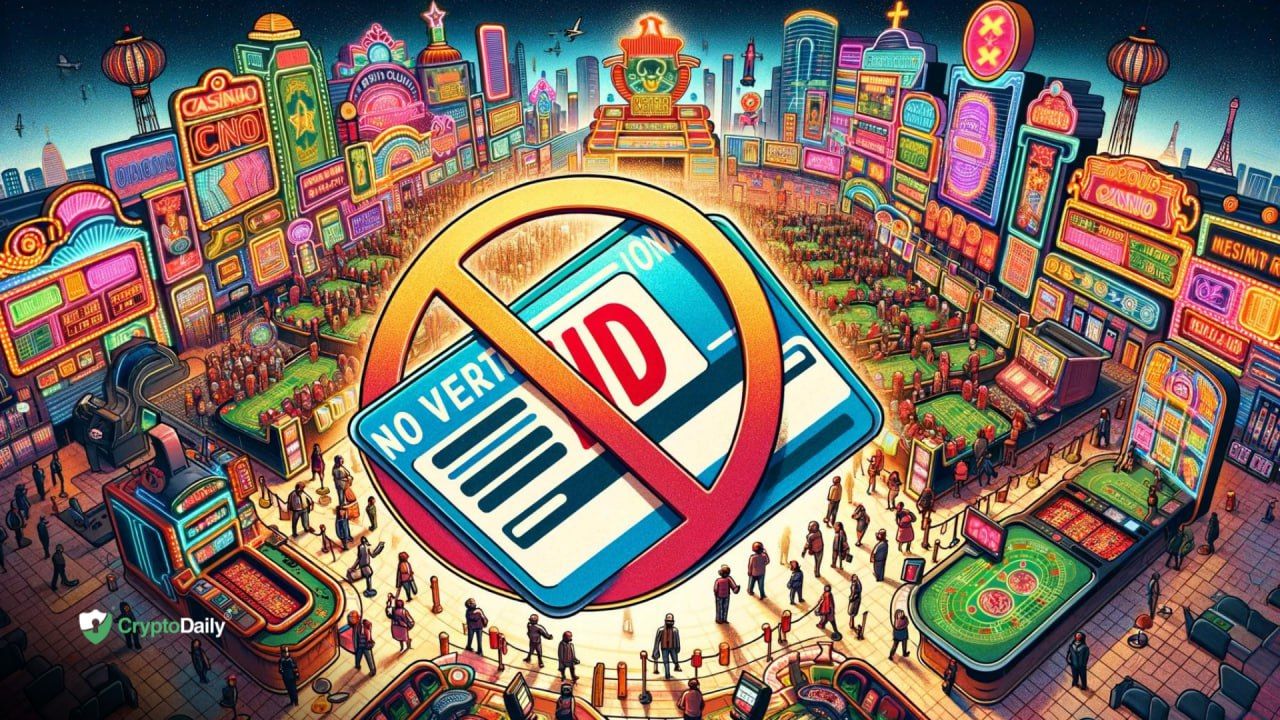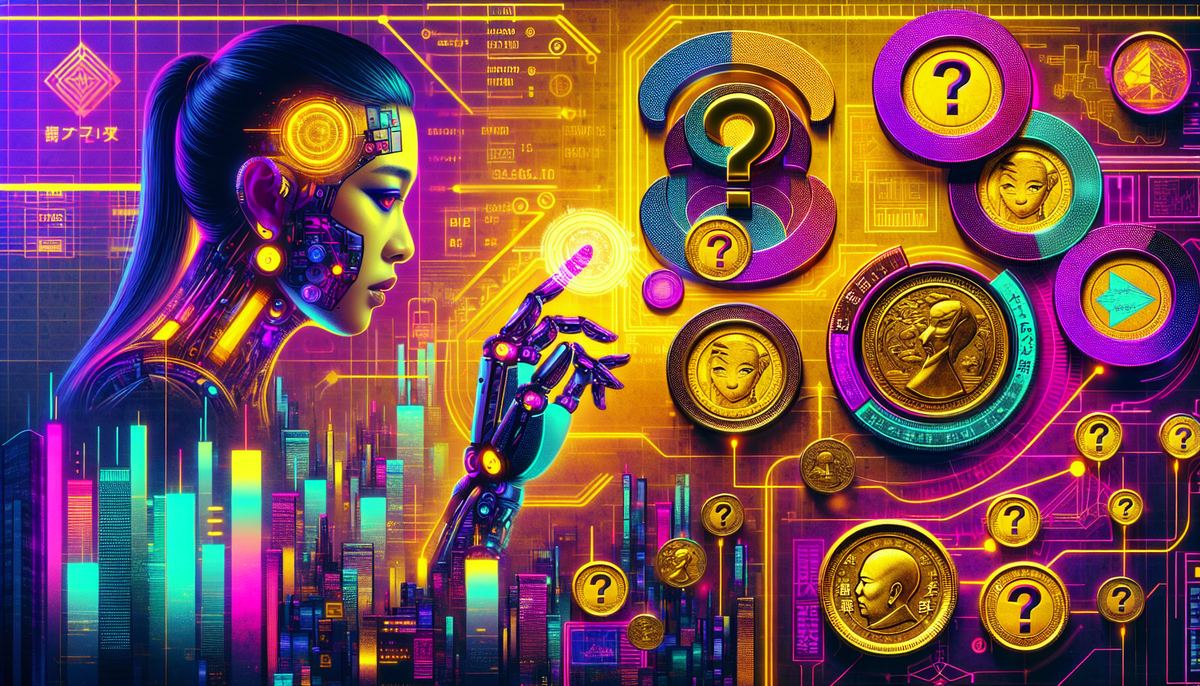Table of Contents
- Big Avenues For Growth
- Crypto’s Comeback Can Spark More Interest
- Evolving Experiences In The Metaverse
- Primed For Growth
If you’re looking for the next big opportunity in the crypto industry, you might want to take a look at the metaverse. As crypto gears up for its next bullrun, the growth of immersive digital worlds looks sure to accelerate.
When the internet first emerged into the world and gave us access to websites, few people could have imagined its impact on the world and how it changed everyone’s lives. Now, the metaverse has also made its entrance, and its own significance is not yet appreciated.
But it could, potentially, have an equally big impact on the world. Metaverses are immersive, virtual worlds where users don avatars to explore and interact with others. It’s about much more than just entertainment, with established applications including commerce, gaming, product design and workplace collaboration.
The metaverse doesn’t need to be powered by blockchain, but many of these digital worlds are. The advantage of blockchain is that it can bring decentralized technologies to digital worlds, introducing virtual currencies that can be used for value exchange and ownership of virtual land and items. So the combination of the metaverse and blockchain can transform the way people socialize, shop, work and engage. It’s for these reasons that many believe the metaverse will play a significant role in the next crypto bull run.
Big Avenues For Growth
There are a number of interesting possibilities that can be uniquely enabled by the metaverse. For instance, developers can build applications that are simply inconceivable in Web2. These applications make use of digital assets such as crypto and non-fungible tokens, decentralized finance and more, and have already proven to be catalysts for growth.
Because metaverses can issue their own digital currencies, they have an easier way to raise funds to build new projects. They can create their own, internal ecosystems where new concepts can be monetized faster than before. Moreover, the rapidly evolving nature of virtual reality allows for deeper integrations with the real world. Examples of this include virtual conferences to facilitate business and work, video gaming events and virtual concerts, providing ways for people to interact without physically being present.
Another interesting feature of metaverses is their ability to decentralize storage, driving value creation for many internet-based companies. Within the metaverse, they can store data securely in a cost-effective way, reducing their reliance on centralized cloud systems. Finally, decentralization means metaverses can tap into global markets, enabling entrepreneurs in any location to access capital and resources to build on their ideas and innovations, without needing to travel.
Crypto’s Comeback Can Spark More Interest
After more than two years of crypto winter, the industry looks more likely than ever to be poised for renewed growth. The impending arrival of a Bitcoin ETF and events such as the “halving”, which is set to occur in April 2024, has resulted in more capital flooding back into digital currencies and assets. There is growing optimism that crypto could be about to embark on a new bull run, driving more investors to speculate.
It's in this context that many investors are looking to the metaverse, which provides opportunities for innovation and creativity, with growth powered by crypt-based economies. With the more immersive experiences provided by the metaverse, crypto can transform from a speculative asset into an important tool for everyday life.
With the world having emerged from the global COVID-19 pandemic that ushered in a new era of work from home, more people than ever before are aware of the benefits of digitization and collaborative technologies. At the same time, people have become familiar with virtual economies. As such, investors are likely to be more open about the risks of investing in metaverse projects, where the potential payoff could be enormous.
Moreover, the technology behind the metaverse continues to evolve. Every year we see the arrival of more powerful processes and advancements in networks such as 5G, resulting in superior graphics capabilities and faster speeds, creating more realistic virtual experiences. Better graphics, rapid transactions, smoother gameplay and growth in users will all help the metaverse to become established.
Evolving Experiences In The Metaverse
Metaverse projects are getting their act together, too. This year saw Peer finally launch its augmented reality-based metaverse, creating a virtual environment that merges with the physical world in which we live. By overlaying its metaverse on top of the real world, Peer has cast its net over an enormous catchment area – essentially the entire population of the world.
With Peer, users can wear VR goggles or simply use their smartphones to experience digital interactions everywhere. It can be thought of as a globe-spanning social network, which introduces crypto payments and novel NFTs that can be used in any location. “All the world’s a game and Peer makes everyone a player,” said Tony Tran, CEO and Founder of Peer.
Peer uniquely merges the metaverse with the real world, allowing creators to display digital content anywhere they want, and invite others to explore their surroundings and interact with them. It also brings information to our fingertips in a way that hasn’t been seen before. Businesses can advertise their services in key locations for greater impact, and users can explore the world around them, checking out reviews and recommendations of nearby restaurants, attractions, or whatever else it is they intend to do.
Another rapidly growing metaverse is Upland, which now claims to be the world’s biggest. In 2022 it added 3 million new users and sold more than 5 million NFTs, many of them bought by people who had never interacted with digital assets before. Like Peer, Upland is a metaverse that’s mapped to the real world, with virtual replicas of the world’s major cities where anyone can buy NFTs that represent digital land.
Upland was notably FIFA’s official metaverse partner during the 2022 World Cup tournament in Qatar, and it built a replica of the World Cup Village in digital Doha, bringing together thousands of football fans from around the world. With Upland, users can partake in a growing economy and launch their own businesses selling digital goods and services. It has also become a popular hub for gamers, including its highly competitive Racing game. More recently, it has forged a partnership with the play-to-earn gaming platform Polemo Games, giving its users the ability to design, create and sell in-game assets and earn additional revenue. In addition, Upland has become a highly-sought after venue for NFT creators such as the ON1 FORCE collective.
One notable aspect of Upland is the way its community helps to shape its future. They play a key role in its governance, driving innovation and engagement. This has led to the creation of many smaller, independent communities within the game, based on users’ specific geographic locations and shared interests. These communities act as a breeding ground for further innovation.
The extremely popular and immersive video game platform Roblox is also driving metaverse growth. In an interview with Fortune, Roblox CEO and cofounder David Baszucki revealed that its metaverse growth is being driven by partnerships with global brands such as Gucci, which sells $3,000 items in the metaverse. He explained that these partnerships are accelerating e-commerce in the metaverse.
“Traditionally, we’ve seen advertising for brands in newspapers,” Baszucki said. “More recently, we’ve seen banners and video ads and then more native and immersive ads. Now, there is a level of immersiveness, where we can put on some of the merch and skateboard around together and see what’s for sale.”
Roblox is also embracing generative AI to help developers build more realistic and immersive metaverse experiences, and this is having the knock-on effect of bringing more users to its platform from outside its traditional demographic. In a recent survey, Roblox said players aged between 17 and 24, or Gen Z’ers, are now its fastest growing demographic. All told, players aged 13 and up now represent over half of its 70 million-odd users.
There’s more to the metaverse than just social experiences and gaming. In addition, its potential as a collaborative environment for work is also slowly coming to fruition. VRdirect is focused on building a more practical metaverse that can aid in areas such as marketing, human resources, manufacturing and training. Its platform helps businesses to do business in the metaverse.
Its applications, which range from interactive showrooms to employee onboarding programs and museum tours have gotten a lot of interest from enterprises including Deutsche Telekom, Porsche, Nestle and siemens.
Primed For Growth
The metaverse remains something of a niche product but it’s equally clear that this technology has become more than just a fad, proving itself with real-world applications spanning many different use cases. As interest from consumers, enterprises and investors grows, its reliance on blockchain technology promises means that it will almost certainly be one of the forces driving crypto’s next bull run.
It remains to be seen what kind of impact the metaverse will have on our society and whether its impact will be as significant as that of the internet. That said, its ongoing evolution, innovation and user growth seems more than enough to ensure that virtual worlds are here to stay.
Disclaimer: This article is provided for informational purposes only. It is not offered or intended to be used as legal, tax, investment, financial, or other advice.
Investment Disclaimer














